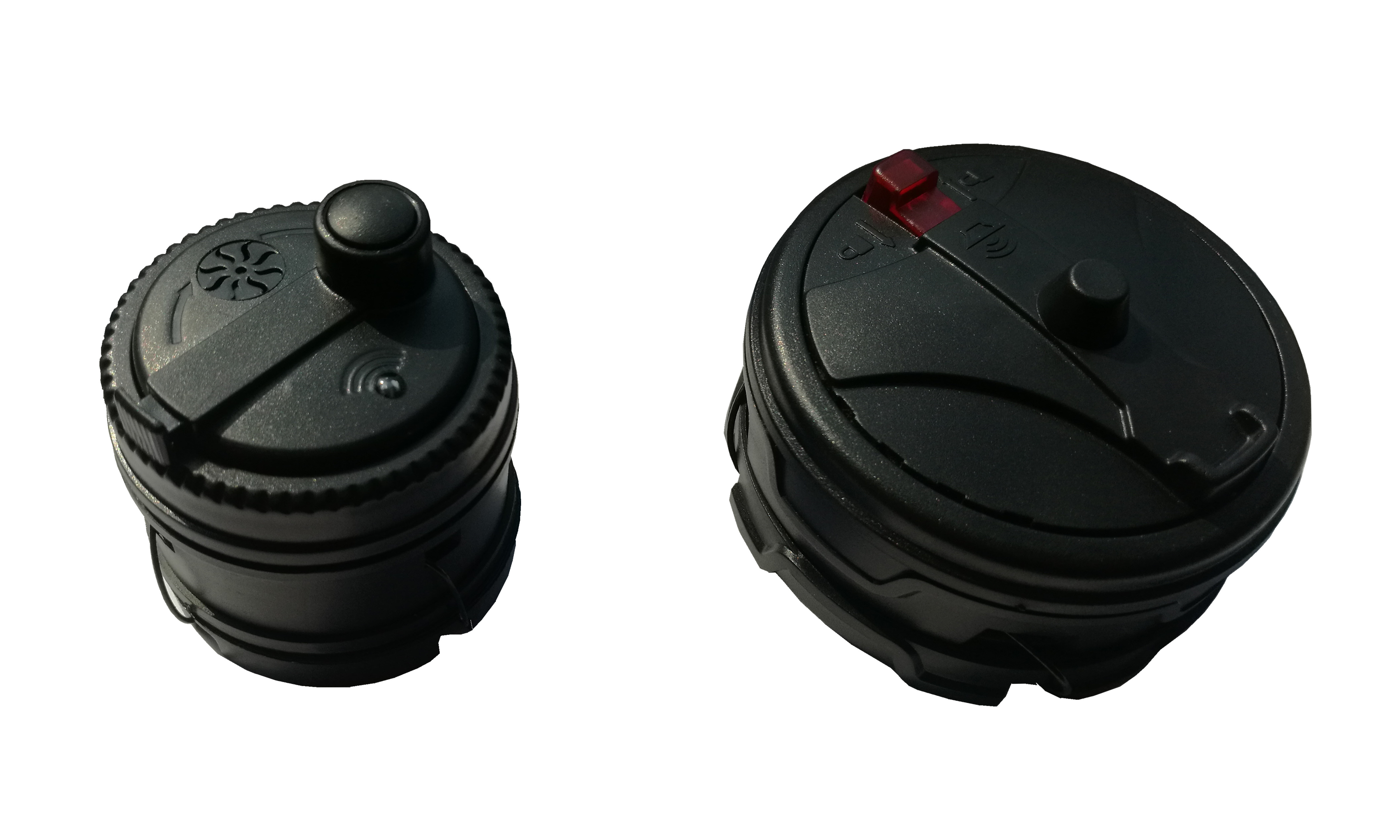Electronic merchandise anti-theft systems (EAS) come in many forms and deployment sizes to meet specific business security needs. When selecting an EAS system for your retail environment, there are eight factors to consider.
1. Detection Rate
Detection rate refers to the average rate of detection of undamaged tags in all directions in the monitored area and is a good performance indicator of the reliability of an EAS system. A low detection rate often also means a high false alarm rate. For the three most commonly used technologies in EAS systems, the benchmark average detection rate for the most recent acoustic-magnetic technology is over 95%, for RF systems it is 60-80%, and for electromagnetic it is 50-70%.
2. False Alarm Rate
Tags from different EAS systems often cause false alarms. False alarms can also be caused by tags that have not been properly demagnetized. A high false alarm rate makes it difficult for employees to intervene in security incidents and creates conflicts between customers and the store. Although false alarms can not be completely ruled out, the false alarm rate is also a good indicator of the performance of the system.
3. Anti-interference ability
Interference can cause the system to automatically send an alarm or reduce the detection rate of the device, and that alarm or no alarm has no relationship with the security tag. This may occur in the event of a power outage or excessive ambient noise. RF systems are particularly susceptible to such environmental interference. Electromagnetic systems are also susceptible to environmental interference, especially from magnetic fields. However, the acoustic-magnetic EAS system has shown extreme resistance to environmental interference because of its computer control and unique resonance technology.
4. Shielding
The shielding effect of metal can interfere with the detection of security tags. This effect includes the use of metal items such as foil-wrapped food, cigarettes, cosmetics, drugs and metal products such as batteries, CDs / DVDs, hairdressing supplies and hardware tools. Even metal shopping carts and baskets can shield security systems. RF systems are particularly susceptible to shielding, and metal objects with large areas can also have an impact on electromagnetic systems. The acoustic magnetic EAS system because of the use of low-frequency magnetic elastic coupling, generally only affected by all-metal goods, such as cookware, for the vast majority of other goods are very safe.
5. Strict security and smooth pedestrian flow
A robust EAS system needs to take into account the security needs of the store and the requirements of retail foot traffic. Overly sensitive systems affect the mood of shopping, and under-sensitive systems reduce the profitability of the store.
6. Protect different types of merchandise
Retail goods can generally be divided into two categories. One category is soft goods, such as clothing, footwear and textiles, which can be protected by hard EAS labels that can be reused. The other category is hard goods, such as cosmetics, food and shampoo, which can be protected by EAS disposable soft labels.
7. EAS soft and hard labels - the key is applicability
EAS soft and hard tags are an integral part of any EAS system, and the performance of the entire security system depends on the proper and appropriate use of the tags. Of particular note is the fact that some tags are susceptible to damage from moisture, while others cannot be bent. In addition, some tags can be easily concealed in a box of merchandise, while others will affect the packaging of the merchandise.
8. EAS nailer and demagnetizer
The reliability and convenience of the EAS staple remover and degausser is also an important factor in the overall security chain. Advanced EAS demagnetizers use non-contact demagnetization to maximize checkout efficiency and speed up the passage of checkout lanes.
Post time: Oct-08-2021

